Anna Bakker is a Ph.D. student in Dr. Sam Purkis’ Remote Sensing Lab at the University of Miami’s Rosenstiel School of Marine, Atmospheric, and Earth Science. She is using data from the Khaled bin Sultan Living Oceans Foundation’s Global Reef Expedition to understand how we can monitor reef health from space.
With compelling evidence that we have lost half of the world’s tropical coral reefs over the last few decades, there is an urgent need to understand their overall health. Without this basic information to use as a baseline, it is near impossible to mount a response to the so-called global reef crisis. The most straightforward method we have for monitoring reefs is conducting SCUBA diver surveys. However, this type of field work is logistically and financially challenging to execute on large scales, so developing a new method to monitor reefs remotely is key.
In attempt to find a solution, Anna Bakker combines the fields of remote sensing, computer science, and ecology to measure reef health from space. Recently, Anna published a paper in Coral Reefs, which utilized the Living Oceans Foundation’s Global Reef Expedition field dataset to build a model that can predict coral cover and other metrics of coral reef health using open-source satellite data.
The field surveys from the Global Reef Expedition capture what Anna calls ‘ecosystem metrics,’ which tell us about the health of the reef. The ecosystem metrics that were measured are (1) coral cover, (2) coral diversity, (3) fish biomass, and (4) macroalgae cover. Anna’s goal is to use the Global Reef Expedition field data to investigate whether she can model coral, fish, and algae in locations that were not actually visited by divers. This method does not eradicate the need for future field surveys, because those data are still needed as validation for the models, but instead gives the option to model ecosystem metrics when conducting surveys is unavailable (remember, field work is logistically and financially challenging!).
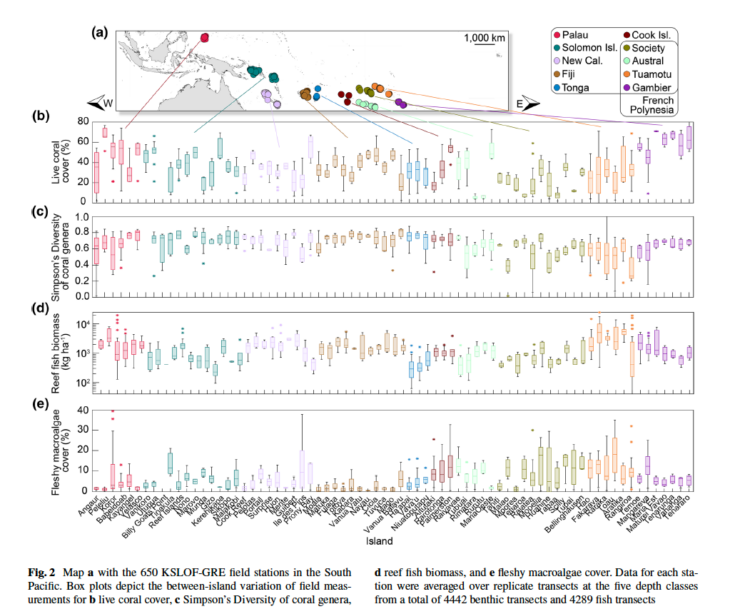
Developing this type of model requires a collection of predictor variables to make the estimates of coral, fish, and algae metrics. Anna uses a list of remotely sensed variables that are associated with the reef environment and calls them ‘socioenvironmental drivers’ because they are responsible for driving changes in reef health. These drivers fall into 4 categories:
- Heat (temperature stress)
- Human (anthropogenic stress like overfishing, and protected areas)
- Hydrodynamic (waves, storms)
- Habitat (physical structure, reef geomorphology)
All of the socioenvironmental drivers are measured from satellite. Satellites provide us with data that has global coverage, are frequently updated, and are publicly available for anyone to download. The model combines the SCUBA-measured metrics (coral, fish, and algae) and satellite-derived drivers (4 H’s listed above) for two important steps. The first is to identify relationships between the ecosystem metrics and the socioenvironmental drivers, and the second is to use those relationships to extrapolate the metrics. This means that we can estimate coral, fish, and algae wherever there is appropriate satellite data.
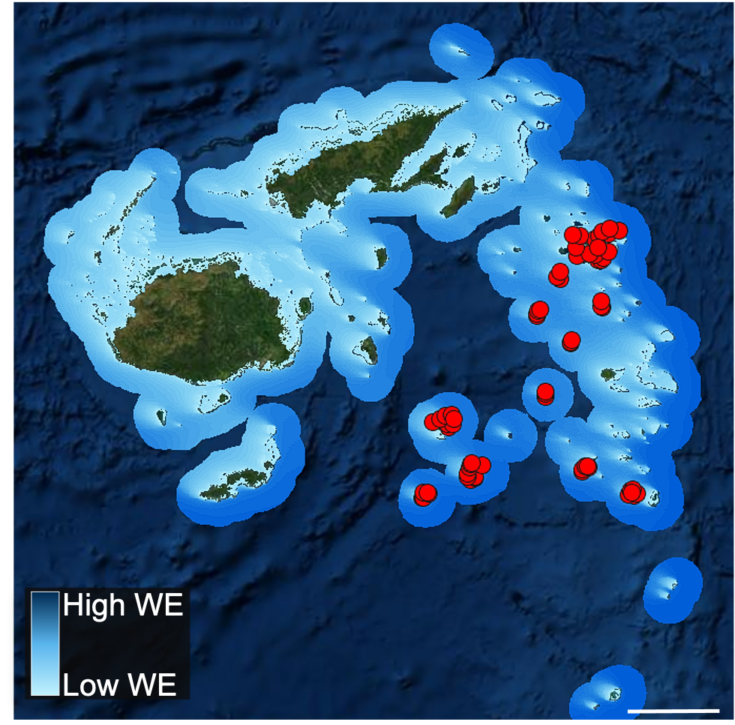
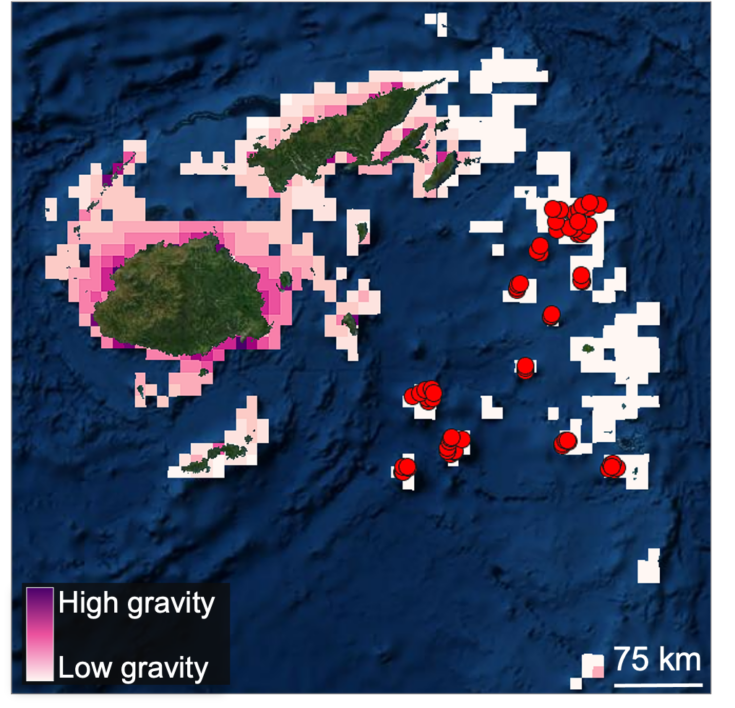
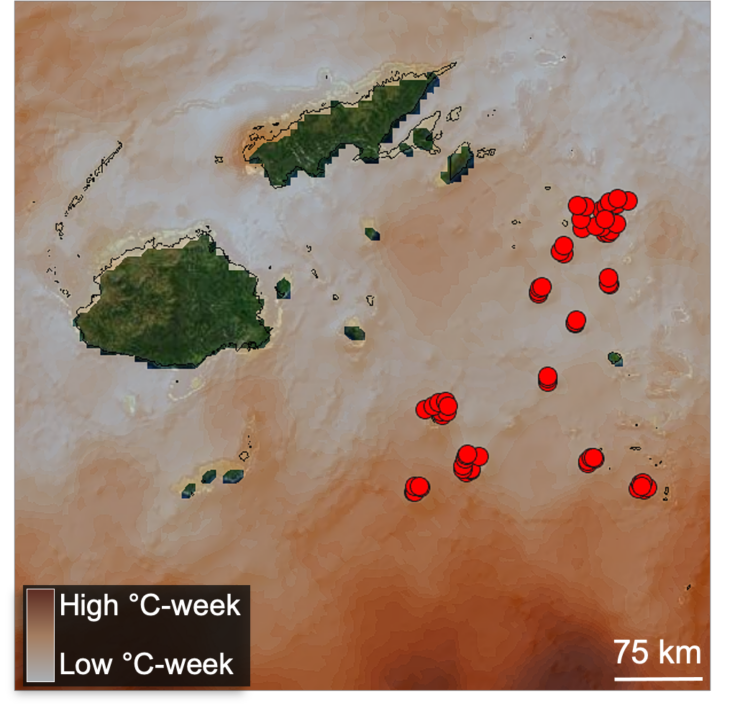
Reef health can be predicted from remote sensing data
Anna used a subset of the full Global Reef Expedition dataset from the South Pacific as a preliminary test for her first set of models. For the first step, she successfully developed accurate models for all four ecosystem metrics of coral cover, coral diversity, fish biomass, and macroalgae cover. She also identified which of her socioenvironmental variables were the most important drivers of each metric. The amount of coral cover and fish biomass on a reef were primarily driven by heat and anthropogenic stress, while marine protected areas were the most important in determining coral diversity and macroalgae cover.
The results from these models prove that it is possible to predict ecosystem metrics from open-source, free satellite data – so the next step in Anna’s research is to extrapolate these predictions to new areas in the South Pacific. Developing these models brings us closer to creating a map of coral reef health and resilience because these metrics proxy the reef condition.
This next step, however, cannot be completed without more validation data. Once the estimations of coral, fish, and algae are made for unsurveyed reefs, we will need SCUBA divers to visit those reefs and validate the predictions that were computed by the models. As more predictions are validated, the models become more accurate. Although Anna has already accurately modelled the reefs in the South Pacific, the Global Reef Expedition was not limited to this area. She now plans to expand her work to include reefs in the Atlantic and Indian Oceans and the Red Sea to continue testing the idea of modelling reef health from space.
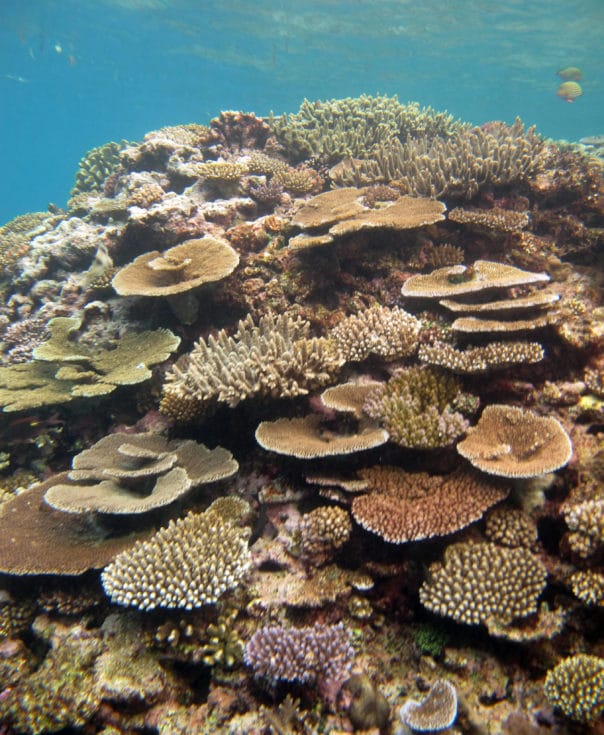
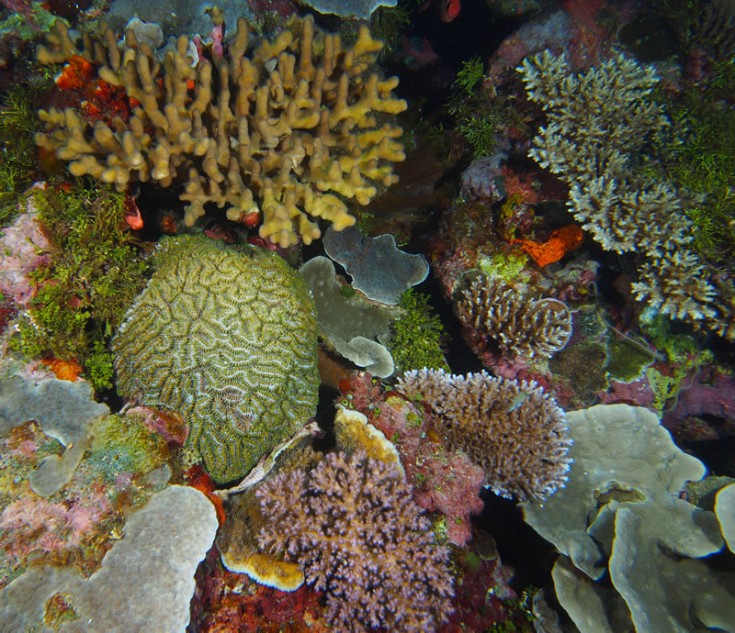
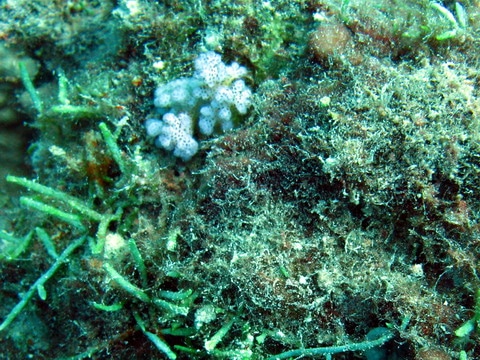
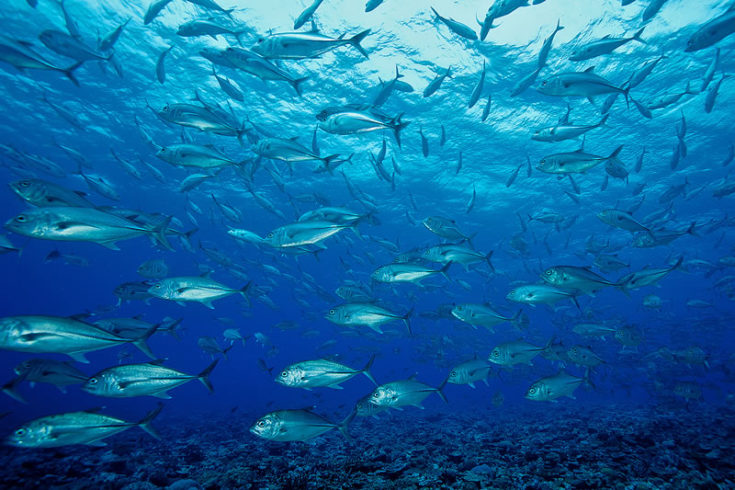
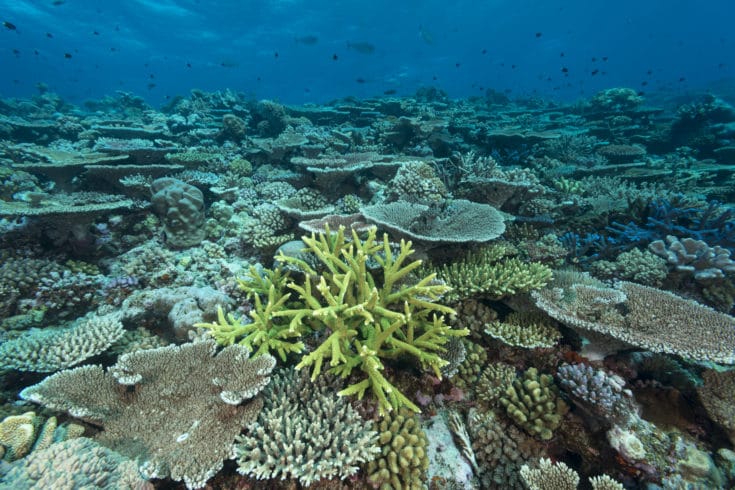
One Comment on “Measuring reef health from space”
Gretchen d. Carman-palmer
Keep up the good and vital work for us and our earth home. If fish had no coral reefs, very soon we’d have no fish. Just a few very fat one. Plus the effects the reefs keep the soil on the bottom of the sea? Bless you all! Merry, happy Christmas and à gréât New Year? Please tell the Prince a special hello from mr in Denver. Ask hi, « Does he still have his slight English accent,? ». He will remember me! God BlessYiou al!